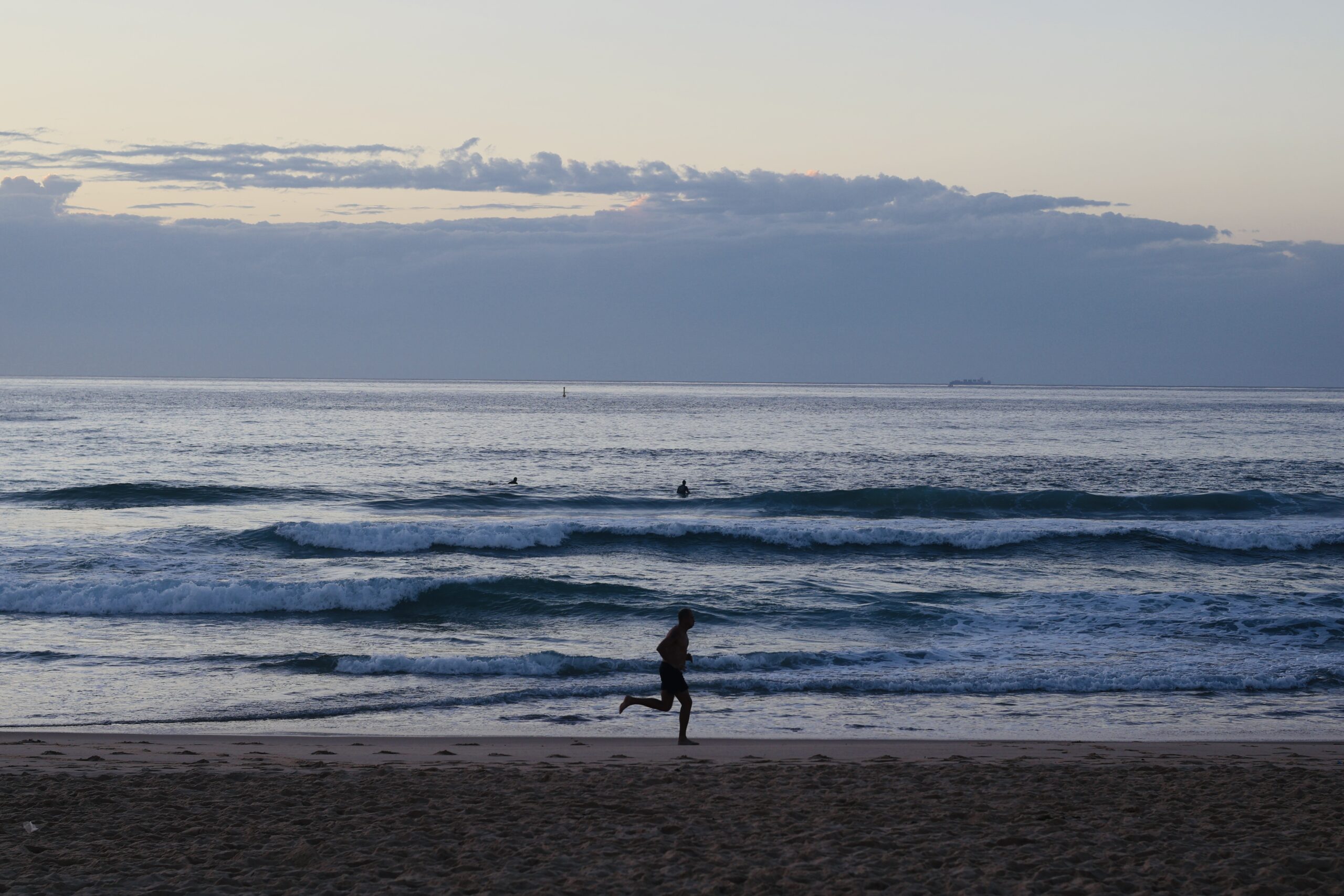Paddling is the unsung hero of surfing. While carving turns and riding waves get all the attention, paddling is the foundation that determines how many waves you catch, how fast you recover, and how long you can stay in the water. Mastering your paddling technique can make the difference between frustration and flow in the surf.
Why Paddling Matters
Studies suggest that paddling accounts for approximately 50% or more of the time spent during a typical surf session (Farley et al., 2012). Efficient paddling not only conserves energy but also improves positioning, wave selection, and overall performance.
As former World Champion Tom Carroll once said, “If you can’t paddle well, you can’t surf well. Simple as that.”
Key Elements of Good Paddling Technique
Drawing from elite coaches like Brad Gerlach of Wave Ki and insights from surf biomechanics experts such as Dr. Jeremy Sheppard (Surfing Australia’s High Performance Centre), we can break down efficient paddling into several core components:
1. Body Position
– Keep your chest slightly lifted off the board using back extensors, not arms.
– The nose of the board should be just above the waterline.
– Keep your head neutral with eyes looking slightly ahead.
Tip from Surf Simply: Think “long spine, light hands” to maintain balance and minimize board drag.
2. Arm Mechanics
– Enter the water with fingertips first close to the board’s rail.
– Elbow bends to about 100–120 degrees underwater.
– Pull through using the latissimus dorsi and core muscles.
– Relax the arm during recovery.
Kelly Slater is known for his smooth, efficient stroke with minimal splash—something to emulate.
3. Breathing and Rhythm
– Establish a steady breathing pattern.
– Smooth, rhythmic paddling helps maintain momentum.
4. Paddling for Speed vs. Endurance
– Short bursts: Increase cadence but maintain technique.
– Long-distance: Use longer, slower strokes for energy conservation.
Surfing Australia’s HPC recommends dryland paddle training to enhance endurance and power.
5. Common Mistakes
– Too much head lift creates drag and strains the neck.
– Straight arms are inefficient and tiring.
– Asymmetrical stroke leads to imbalance.
– Over-kicking: legs should stay quiet except when necessary.
Training Tips to Improve Paddle Strength and Endurance
– Swimming builds shoulder endurance.
– Strength training for upper back, shoulders, and core.
– Mobility work for thoracic spine and shoulders.
Coach Martin Dunn emphasizes training specifically for surfing.
Final Thoughts
Paddling is not just a means to an end—it’s a technical skill that deserves focused practice. By refining your technique and training smarter, you’ll catch more waves, stay out longer, and surf better.
As Mick Fanning puts it: “You win or lose the heat before you even stand up—paddling sets it all up.”
References & Further Learning:
1. Farley, O.R.L., Harris, N.K., Kilding, A.E. (2012). Physiological demands of competitive surfing. Journal of Strength and Conditioning Research.
2. Surf Simply: www.surfsimply.com
3. Surfing Australia High Performance Centre: www.surfingaustraliahpc.com
4. Wave Ki by Brad Gerlach: www.waveki.com
5. Martin Dunn Surf Coaching: www.martindunn.com.au

Be The First To Comment